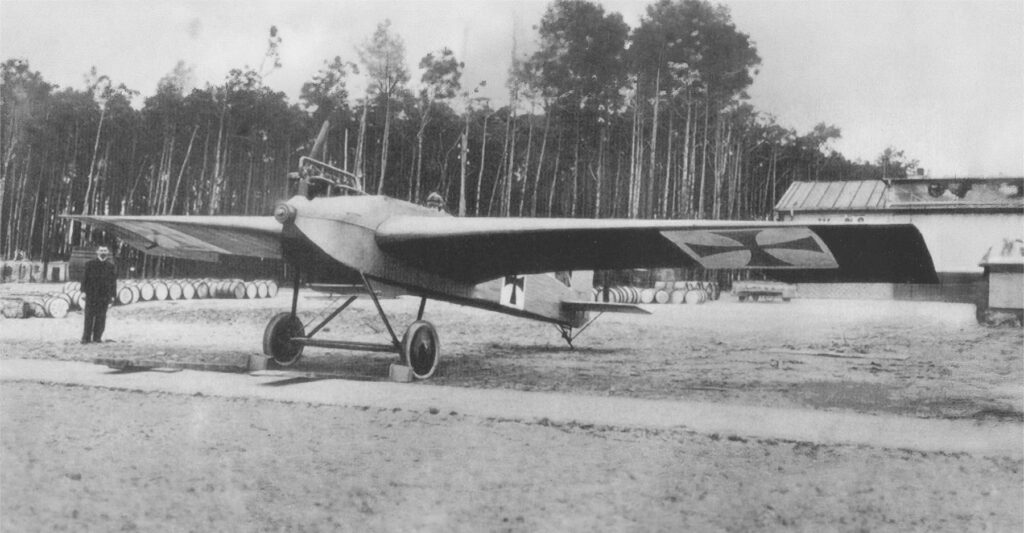Explore the history, design, performance, and military use of the experimental Junkers J1 aircraft, a pioneering innovation in aviation history.
This article delves into the fascinating world of the Junkers J1, an experimental aircraft that played a pivotal role in shaping aviation history. We’ll uncover its origins, design intricacies, impressive performance, and military utilization, providing a comprehensive understanding of its significance in the world of aviation.
In the early 20th century, aviation was in its infancy, and engineers worldwide were striving to push the boundaries of what was possible. Against this backdrop, the Junkers J1 emerged as a pioneering innovation. Developed by Hugo Junkers, a visionary German engineer, the aircraft aimed to overcome the limitations of existing designs. The program was initiated in 1915, a turbulent period marked by World War I, and the aircraft made its maiden flight on December 12, 1915. The Junkers J1 became widely known as the “Junkers Monoplane” and was recognized for its groundbreaking all-metal construction.
History of the Development of the Junkers J1
The era preceding World War I saw rapid advancements in aviation technology. Aircraft were primarily constructed from wood and fabric, limiting their durability and performance. Recognizing the need for an aircraft with greater structural integrity, Junkers embarked on the development of the J1. This ambitious project aimed to create an all-metal aircraft that could withstand the rigors of combat.
The Junkers J1’s maiden flight was a historic moment, showcasing its innovative design and construction. It was a monoplane with a wingspan of 14.3 meters (46.9 feet) and a length of 9.6 meters (31.5 feet). The aircraft weighed approximately 1,400 kilograms (3,086 pounds). Its unique corrugated duralumin skin provided exceptional strength and durability, setting it apart from its wooden counterparts.

Design of the Junkers J1
The all-metal design of the Junkers J1 offered numerous advantages. It provided superior structural integrity, making the aircraft more robust and resilient in combat situations. Its streamlined fuselage reduced drag, contributing to enhanced speed and maneuverability.
The aircraft was powered by a 160-horsepower Mercedes D.III inline engine, enabling it to achieve a maximum speed of 165 kilometers per hour (102.5 mph) and reach altitudes of up to 5,000 meters (16,404 feet). This impressive performance outclassed many contemporary aircraft, making the J1 a formidable presence in the skies.
Performance of the Junkers J1
The Junkers J1’s performance exceeded expectations. Its speed, altitude capabilities, and range were competitive even in the face of evolving aviation technology. The aircraft’s robust construction allowed it to withstand damage and return safely from missions, making it a valuable asset in combat.
In comparison to its contemporaries, the Junkers J1 held its ground admirably. Its speed and altitude capabilities gave it an edge in combat situations. Notably, it outperformed several wooden-framed aircraft in use at the time.
Military Use and Combat of the Junkers J1
The Junkers J1 found military application during World War I, primarily serving in reconnaissance missions. Armed with a forward-firing machine gun and a rearward-firing observer’s machine gun, it could defend itself when necessary. However, it was not extensively used in combat roles, as its primary value lay in its ability to collect intelligence.
The aircraft’s success led to interest from other nations, and it was exported to countries like Sweden and Russia. Although it ceased production after the war, its legacy lived on, influencing future aircraft designs.
The Junkers J1 was a groundbreaking aircraft that revolutionized aviation with its all-metal construction and impressive performance. While it did not dominate the skies in combat, its contribution to aviation history is undeniable. The J1’s legacy paved the way for subsequent advancements in aircraft design and construction, leaving an indelible mark on the evolution of aviation technology.
Back to the experimental aircraft section.